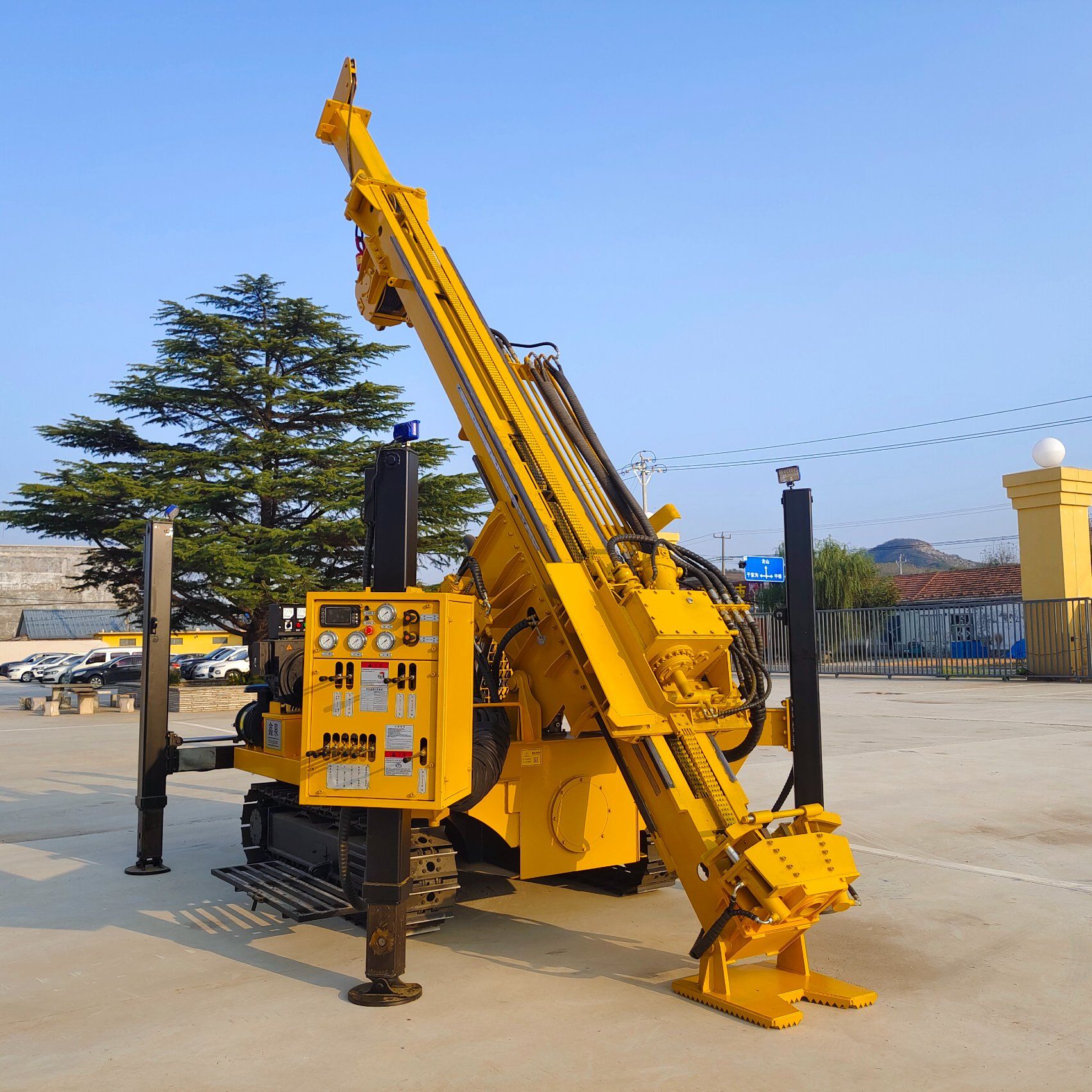How Mud Pumps Adapt to Different Drilling Environments
Mud pumps must adapt to these diverse conditions to maintain performance.
In offshore drilling, for example, space is limited, so compact mud pumps are preferred.
These pumps are designed to fit in tight quarters while still delivering the high pressure needed for deep-sea drilling.
They also need to be corrosion-resistant, as the salty marine environment can quickly damage metal components.
Onshore, in areas with soft soil, mud pumps may operate at lower pressures but higher flow rates to handle the larger volume of cuttings.
Additionally, in environmentally sensitive areas, such as near water sources, mud pumps may need to work with eco-friendly drilling muds.
These muds are less toxic but can be more viscous, requiring pumps with modified valves and liners to handle the thicker fluid.
By adapting to these different conditions, mud pumps ensure that drilling can proceed effectively regardless of the environment.

 邦欣鑽機
邦欣鑽機